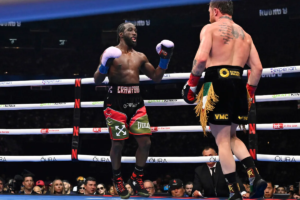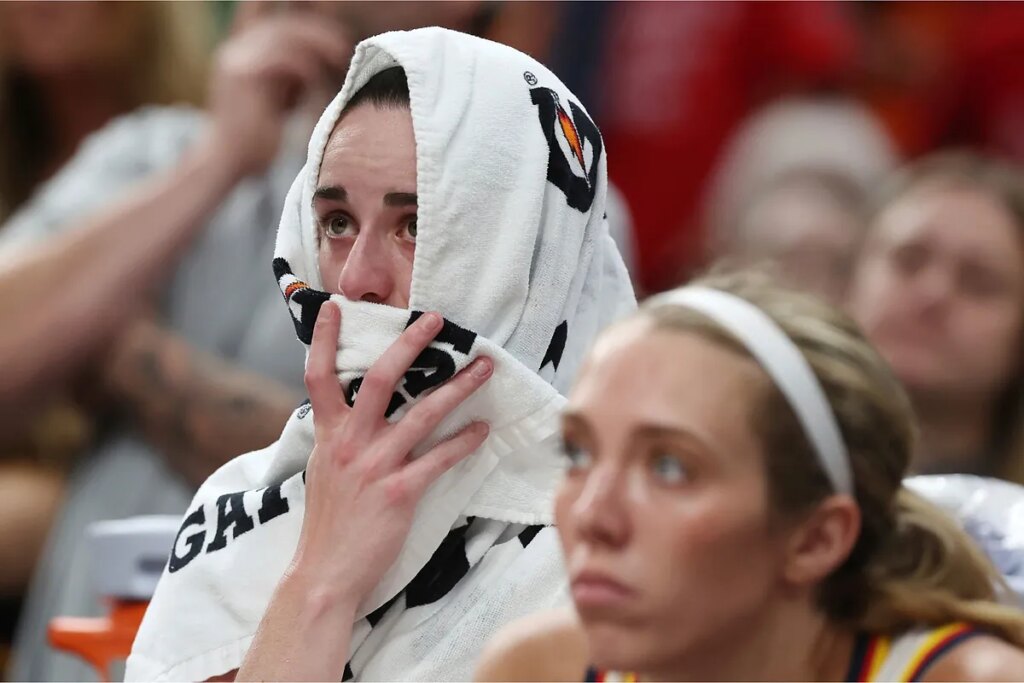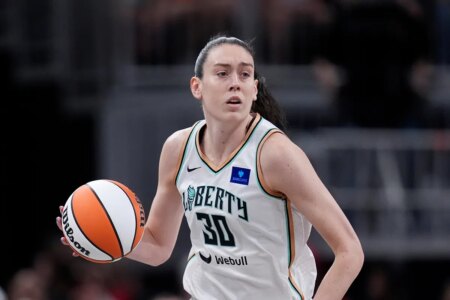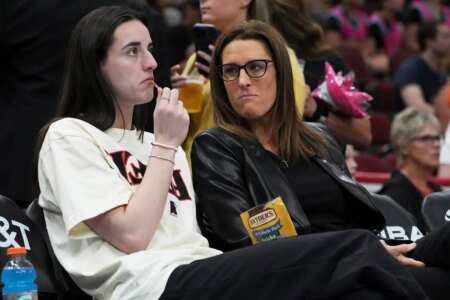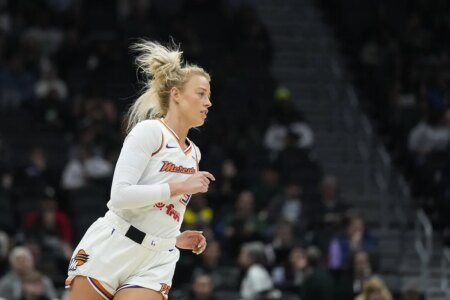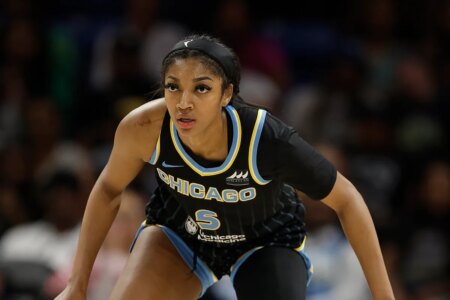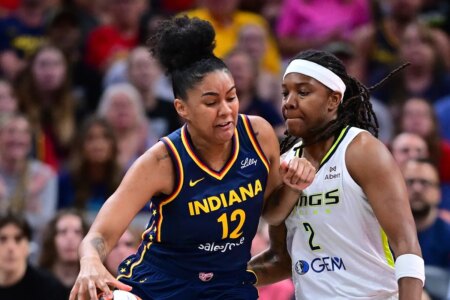In a tense late-game moment on Tuesday at Boston’s TD Garden, WNBA star Caitlin Clark appeared overcome by pain and emotion after tweaking her previously injured groin. With about 40 seconds left, after delivering a slick assist, Clark clutched her right leg, approached the bench, leaned against the stanchion in frustration, and wrapped herself in a towel, visibly holding back tears. Indiana Fever coach Stephanie White later confirmed Clark “felt a little something in her groin” and would be evaluated further.
Despite the late game scare, Clark had compiled 14 points, 8 rebounds, and 7 assists in Indiana’s 85-77 win over Connecticut. Still, the moment served as a stark reminder of her recurring injuries this season. We’re talking now of a quad issue earlier in the year and now possibly reaggravating the same groin strain that sidelined her for five games in late June.
Indiana’s momentum vs Clark’s health
The Indiana Fever have shown resilience amid Clark’s ups and downs this season. With her on the court the team is 8-5; without her, they’re 4-5. In Tuesday’s win, Natasha Howard delivered a strong all-around performance (18 points, 13 rebounds), helping offset Clark’s rough shooting night (4-for-14).
Clark’s situation is being handled with caution. After missing five games a couple weeks ago, she returned only last week, succesfully rebounding with strong play, but a potential reinjury is on the table reignites concerns. The Fever are expected to evaluate ger fully before Wednesday’s game in Brooklyn.
Clark’s injury woes and the Clark effect
Clark’s sophomore WNBA campaign has been marred by persistent muscle issues. Between her left quad strain in May (costing five games) and the groin setback in June, she’s already missed nine regular-season games plus the Commisionner’s Cup final.
Still, the so-called “Caitlin Clark effect” remains in full swing. Even on injury days, she continues to dominate headlines and boost the Fever’s market value -estimated at $370 million- and fan interest across the league.
Read the full article here


